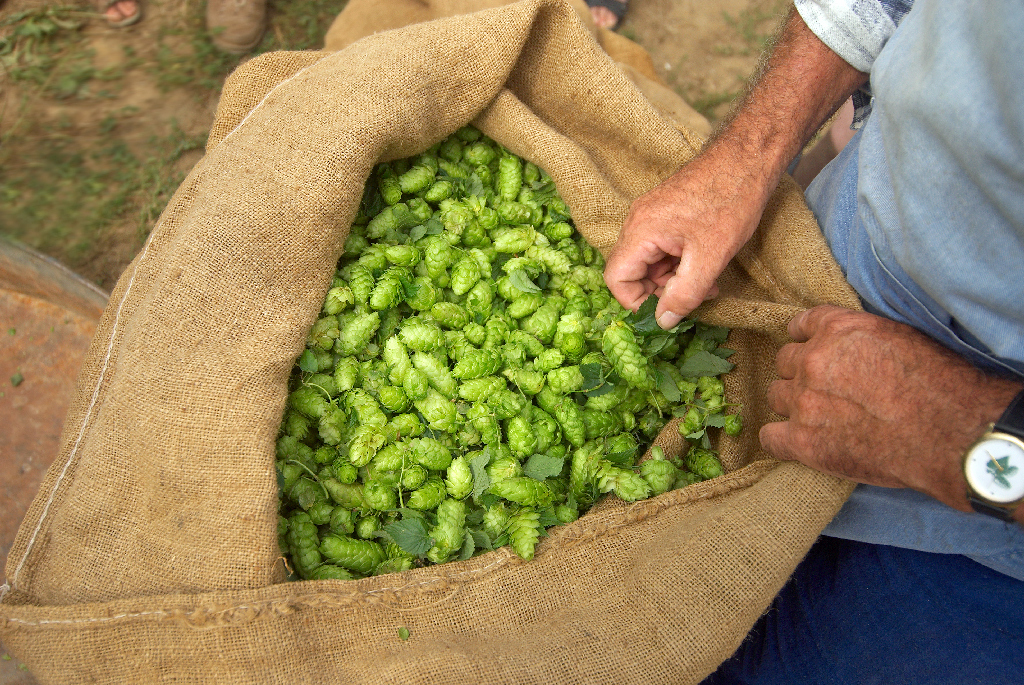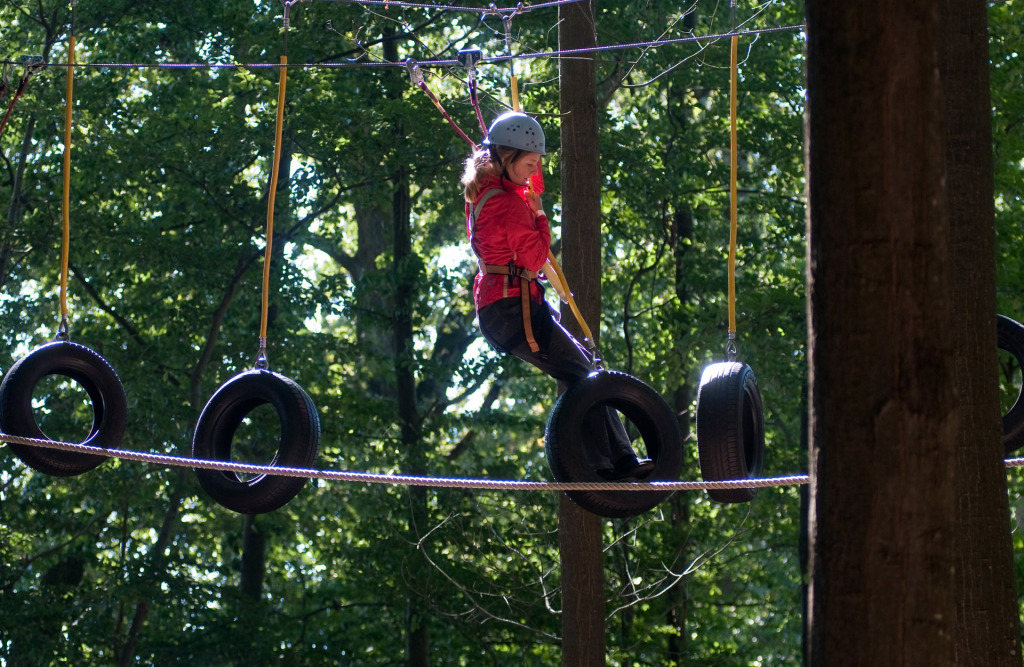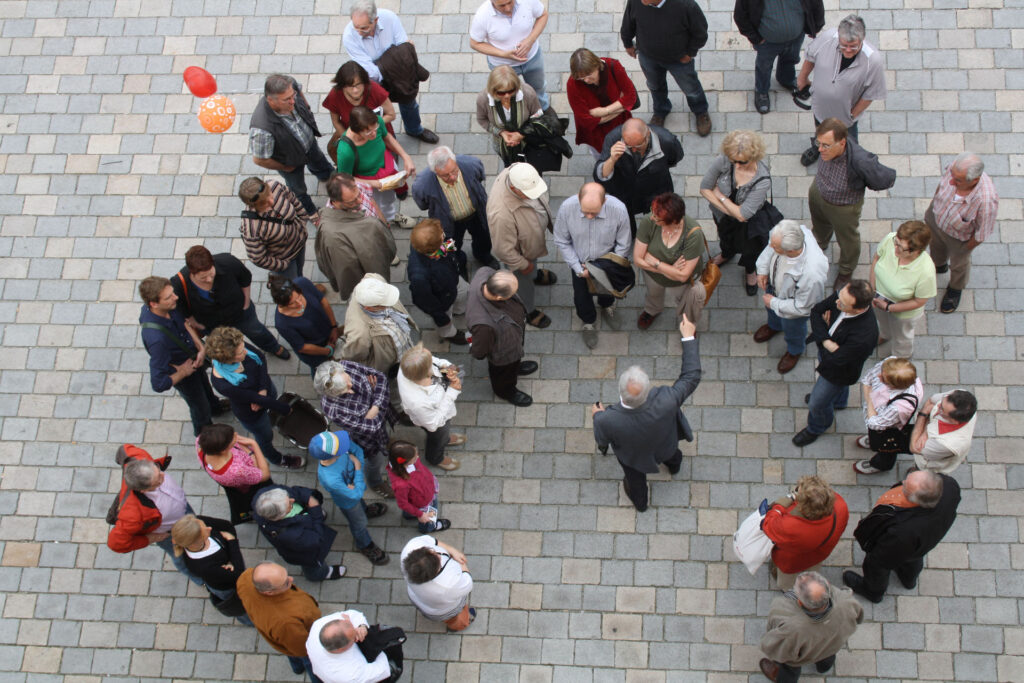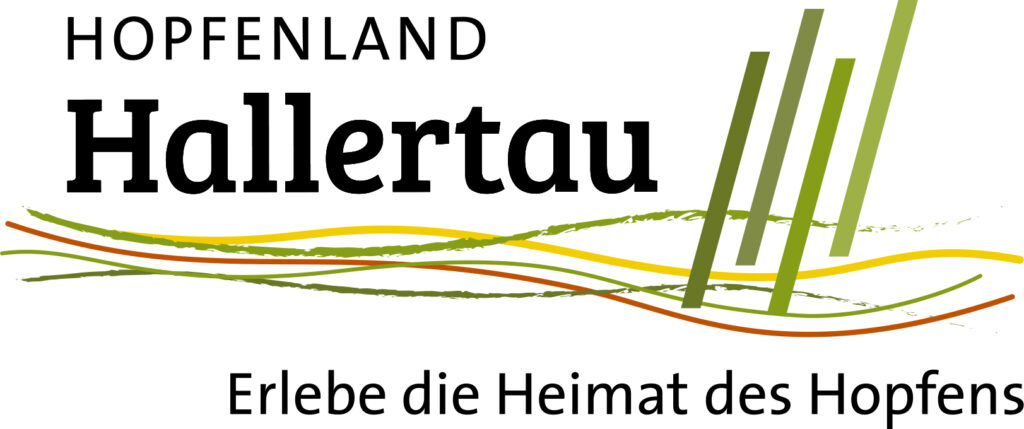A district to experience
There is a lot to discover in the district of Pfaffenhofen: Nature and culture, history and tradition, activity and relaxation – the center of Bavaria offers you a variety of leisure activities. Situated in the middle of the unique natural scenery of the Hallertau hop region, you can explore not only everything to do with “green gold”, but also many museums, guided tours, family experiences and the exciting places in the district.
Klicken Sie auf den unteren Button, um den Inhalt von ecmaps.de zu laden.
Our places
Here you will find our characteristic towns, markets and municipalities in the district of Pfaffenhofen.

Hallertau hop country
Known worldwide and yet undiscovered… The largest contiguous hop-growing region in the world lies between Munich, Ingolstadt, Regensburg and Landshut, geographically in the middle of Bavaria. There are many reasons to visit – such as the excellent price-performance ratio, the excellent transport connections and especially the sensory impressions: the sight of the impressively high hop gardens, the scent when the hops are in full bloom, or a visit to the many cultural and historical sights.
Excursion destinations
Worth seeing, exciting, beautiful, historical, extraordinary, culinary, sporting and cultural things to do in the district of Pfaffenhofen!
Looking for inspiration?
Whether it’s a hop tour, a relaxing day with the family or action in the forest climbing park – with our suggestions for a perfect day in the district of Pfaffenhofen a.d.Ilm, there’s sure to be something for everyone.

The “GEHEIMATORTE” offer even more inspiration. In other words, unknown destinations that can all be reached by public transport.
Destinations for families
In the district of Pfaffenhofen a.d.Ilm you can make the most of your leisure time as a family. If you are looking for activity and fun, the Upper Bavarian forest climbing park, the wakeboard and water ski park Wake & Groove on Lake Lorenzi in Geisenfeld or one of the many lakes or adventure pools are just the place for you. There are exciting things to discover in our museums: Experience the history of hops up close at the German Hop Museum in Wolnzach or immerse yourself in times gone by at the Celtic Roman Museum in Manching. You can also celebrate children’s birthdays there. Have fun discovering!
Museums
In addition to the two largest and also nationally important museums, the German Hop Museum in Wolnzach and the Celtic Roman Museum in Manching, you will find many other exciting museums in the district of Pfaffenhofen, which invite you to learn exciting things about agriculture, culture, art or history, and not just in the cold season:
Churches & Monasteries
Idyllic chapels, impressive monasteries, interesting churches – you’ll find them all here. In addition to the well-known and time-honored Scheyern Monastery, the chapel hiking trails in Hohenwart and the surrounding area invite you to learn more about small idyllic gems. The district of Pfaffenhofen is also characterized by a wide variety of churches, each of which has its own unique story to tell.

Guided tours
Discover the district of Pfaffenhofen in a whole new way with our fascinating guided tours! Whether guided tours through historic alleyways, aromatic hop farm tours or herb tours for nature lovers – we take you on tours full of stories, aromas and experiences.
Nature reserves
Experiencing nature” is also very important in the district of Pfaffenhofen a.d.Ilm. In addition to the typical Hallertau hills of the world’s largest contiguous hop-growing region and the idyllic river valleys along the Ilm and Paar rivers, you can experience pure nature when you visit one of the four nature reserves. Enjoy unique grasslands, nutrient-poor grasslands, remnants of litter meadows, moor grass meadows and snow heath pine forest as well as rare bats, beetles, grasshoppers and birds on a walk. Excursions also offer the opportunity to awaken an interest in and enjoyment of nature, to practise responsible interaction with nature and to understand ecological relationships.
Come to the district of Pfaffenhofen a.d.Ilm in the middle of Bavaria and take home fascinating impressions that you will remember for a long time to come!
The nature reserve "Königsau bei Großmehring" was placed under protection in 1986 and is located to the east of Manching, covering an area of 28.3 ha. The protected area comprises different types of biotope. In addition to the Danube oxbow lake with a hardwood floodplain, the northwest is bordered by a Brenne with calcareous grassland, extensive sea buckthorn bushes and a snow heath pine forest. Parallel to the Danube oxbow lake in the south and west flows the "Paar" with river-side oxbow lakes, remnants of softwood and hardwood floodplains and old pollarded willows. The former flood plain of the Danube with reed beds and a sedge meadow in the protected area is considered an important breeding area for endangered bird species. The largest part of the nature reserve is located in the district of Eichstätt.
The nature reserve "Nöttinger Viehweide und Badertaferl" was placed under protection in 1943 and is located northwest of Nötting, town of Geisenfeld, with an area of 148.2 ha. The unique heathland and grassland landscape was created by centuries of grazing by sheep, pigs and cattle and dates back to the Middle Ages, when intensive use by herds of cattle caused the young trees to be browsed and a typical heathland landscape to develop. In the open wooded areas with bizarre, free-standing old trees, the nature reserve stands out from its surroundings and is of great aesthetic appeal. In addition to rare plants such as arum, arnica, wild garlic, spring knotweed, yellow wood anemone, daphne, lungwort etc., rare bats, beetles, grasshoppers and birds can also be found in the protected area.
The nature reserve "Oberstimmer Schacht" was placed under protection in 1986 and is located south of Oberstimm, Markt Manching, with an area of 19.5 ha. The protected area was created by gravel extraction in the last century, but has not been recultivated. The quarry pond in the east of the protected area is a habitat of regional importance for still and flowing water organisms. Remnants of litter meadows, pipe grass meadows and calcareous grasslands can be found here. The naturally occurring forest areas are designated as forest with special significance as a biotope. Due to its structural diversity and natural forest development, the nature reserve is also of particular importance from the point of view of landscape aesthetics. This is also due to the very low proportion of woodland in the surrounding area, which is far below the Bavarian state average in the Donaumoos.
The "Windsberg" nature reserve was placed under protection in 1985 and is located to the east of Freinhausen, Markt Hohenwart, with an area of 8.2 ha. The existing protected area is primarily characterized by the occurrence of various types of rough grassland on the south-facing slope of the Paartal valley. In addition to calcareous grasslands and open sandy grasslands, there are stands tending towards acidic nutrient-poor grasslands. There is a calcareous fen at the foot of the slope. The open, sometimes very steep rough grassland areas are structured in some areas by terraces. Individual trees, groves of different types and the pine forest in the north-east of the conservation area contribute to the structural diversity and scenic attractiveness of the area. The former agricultural terraces and tendrils in the northwest of the protected area are also an important part of the area.


















